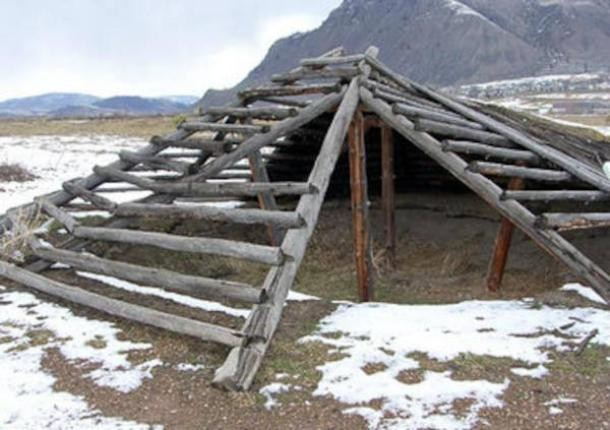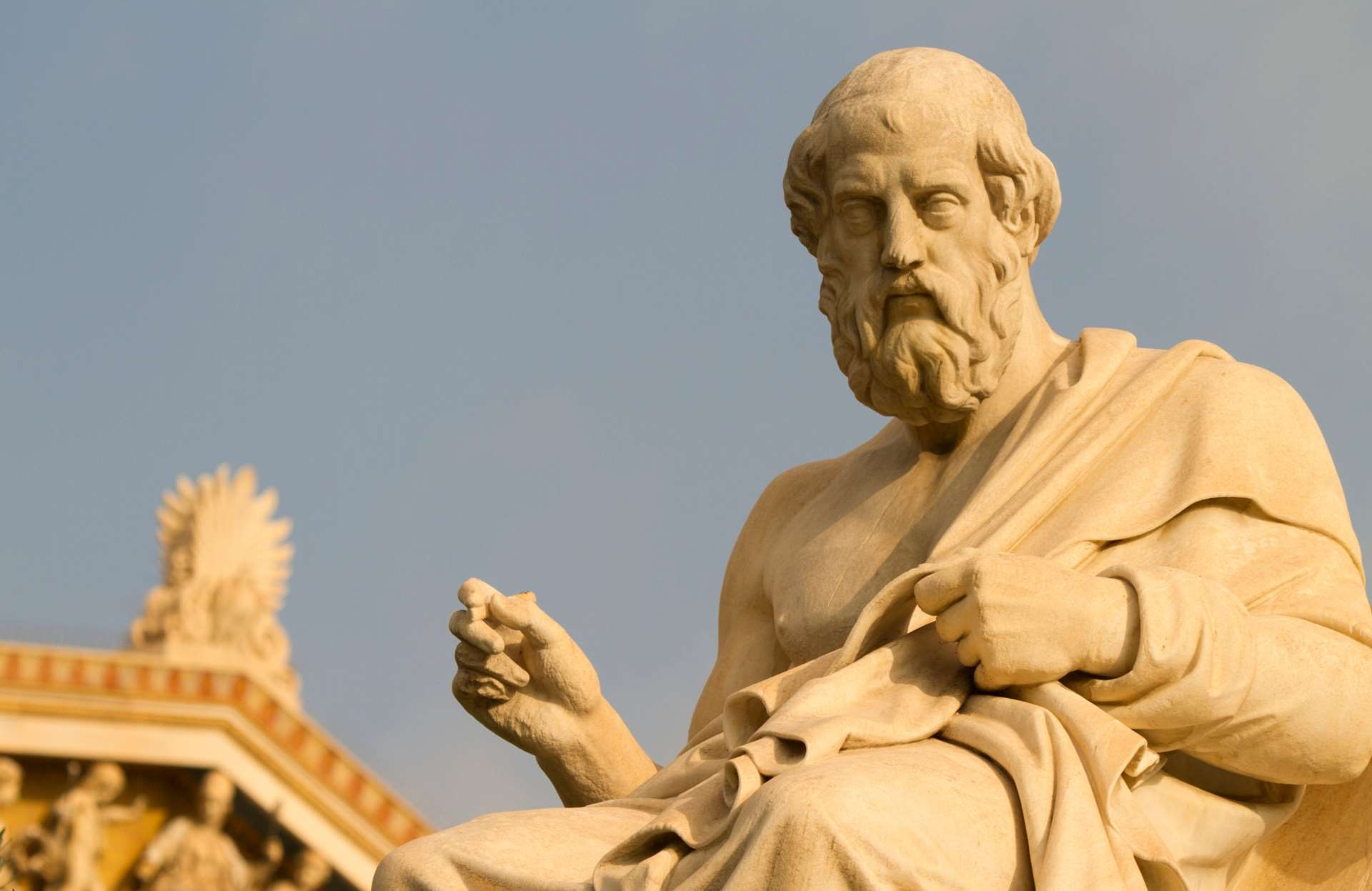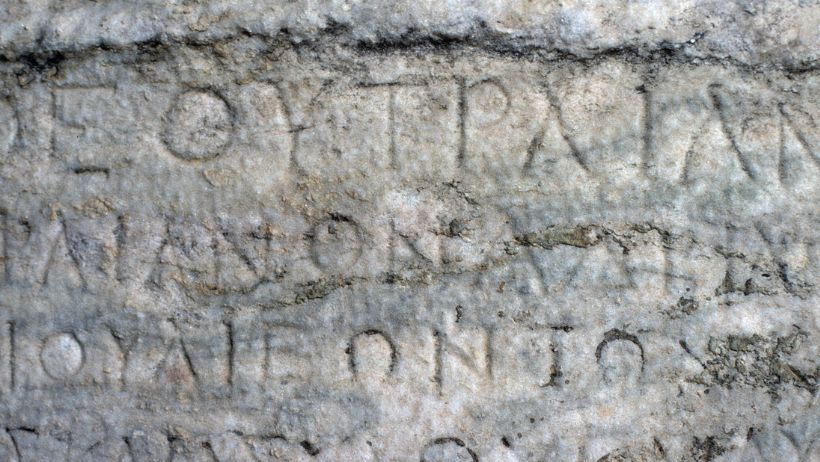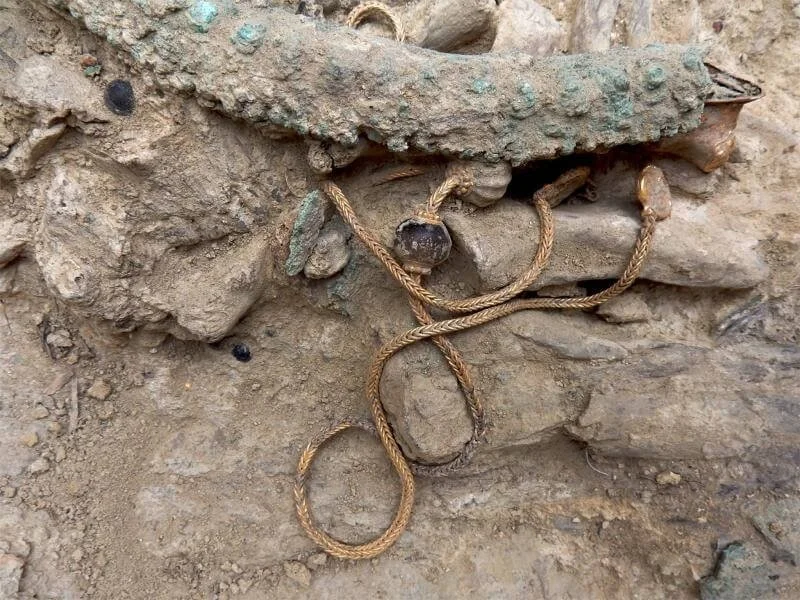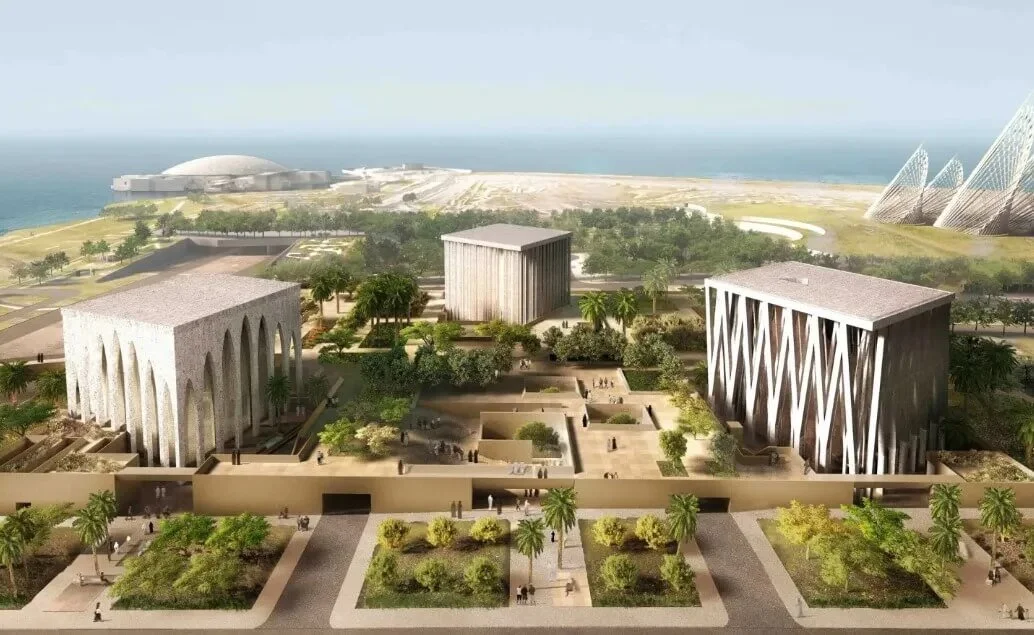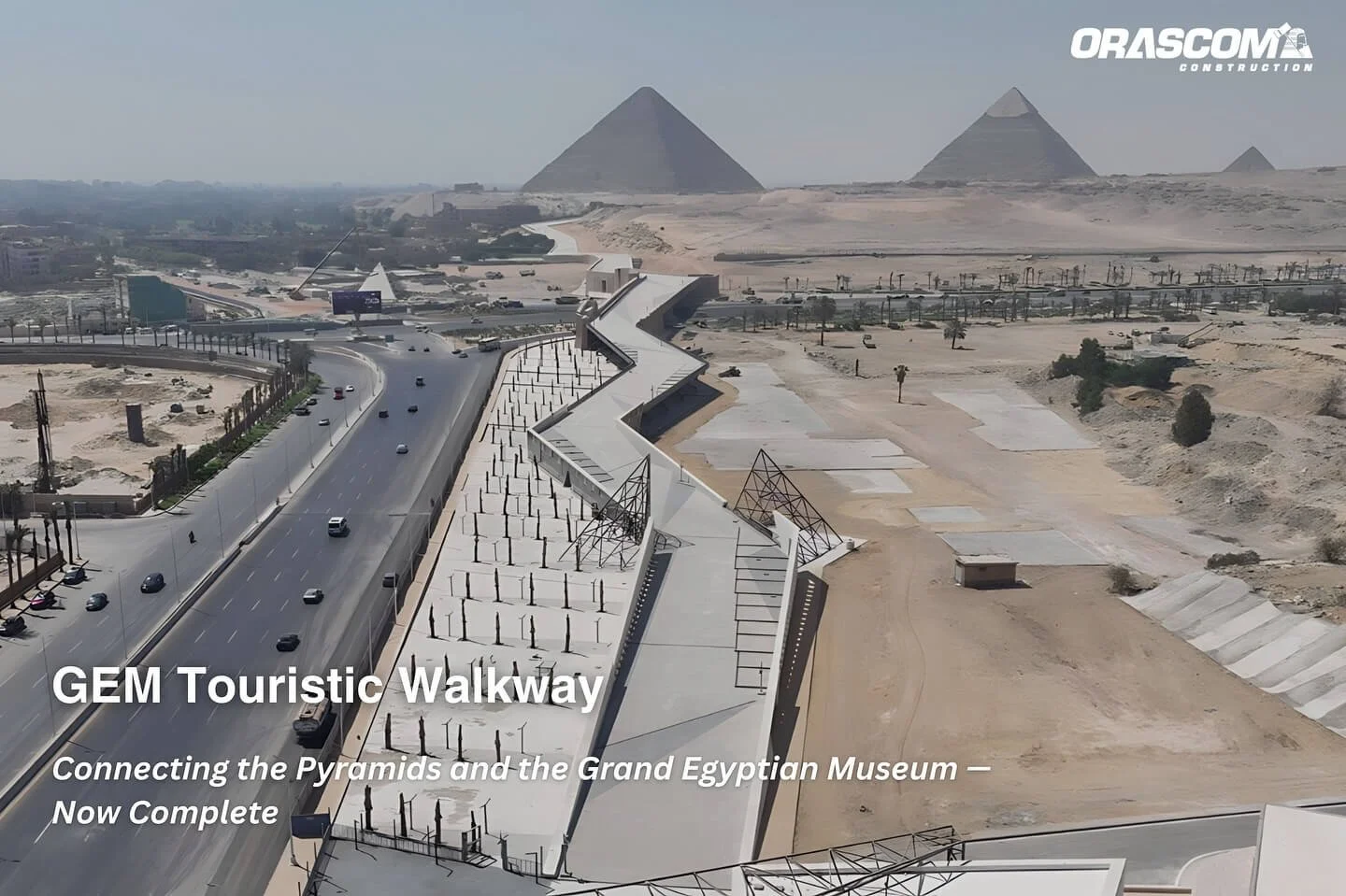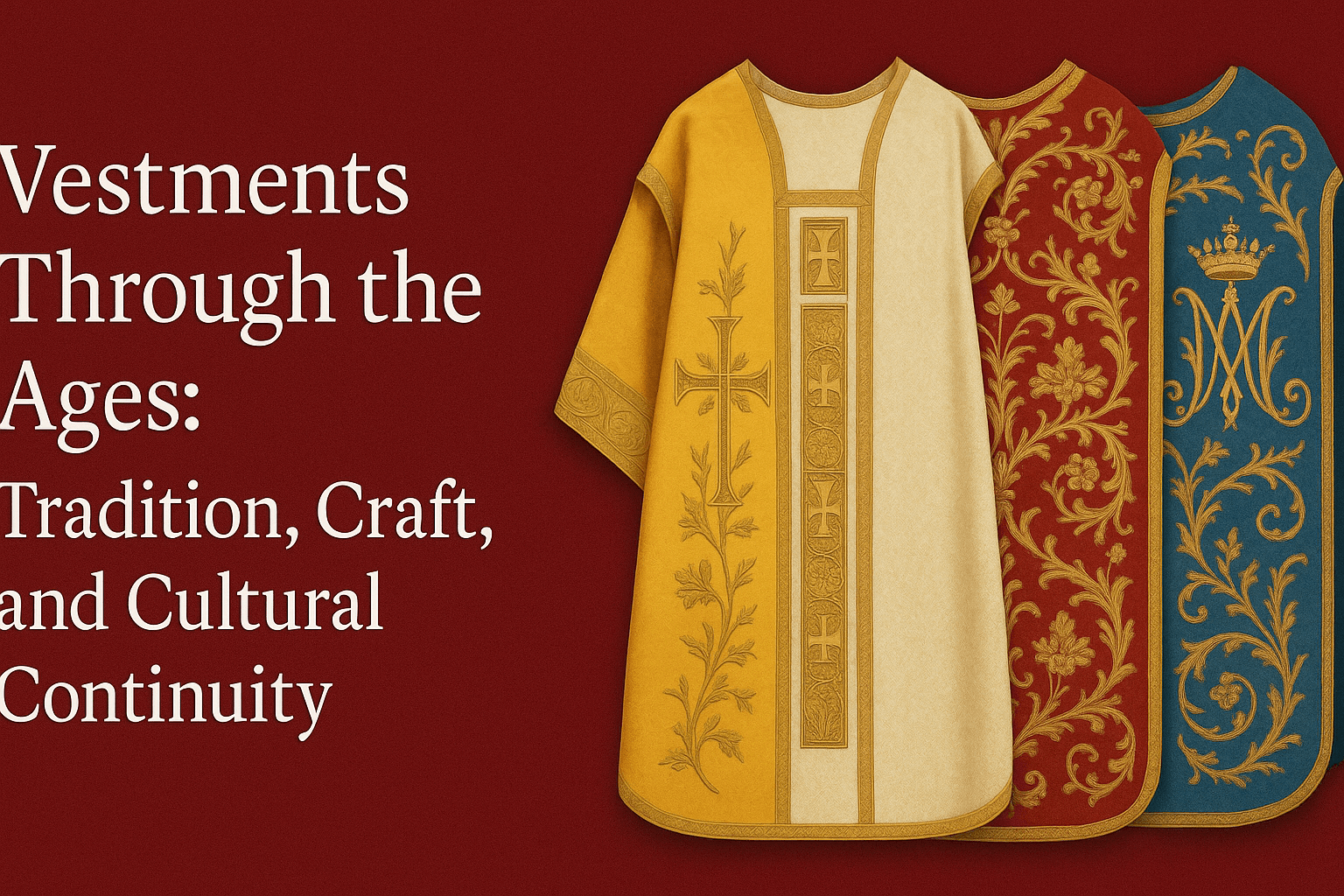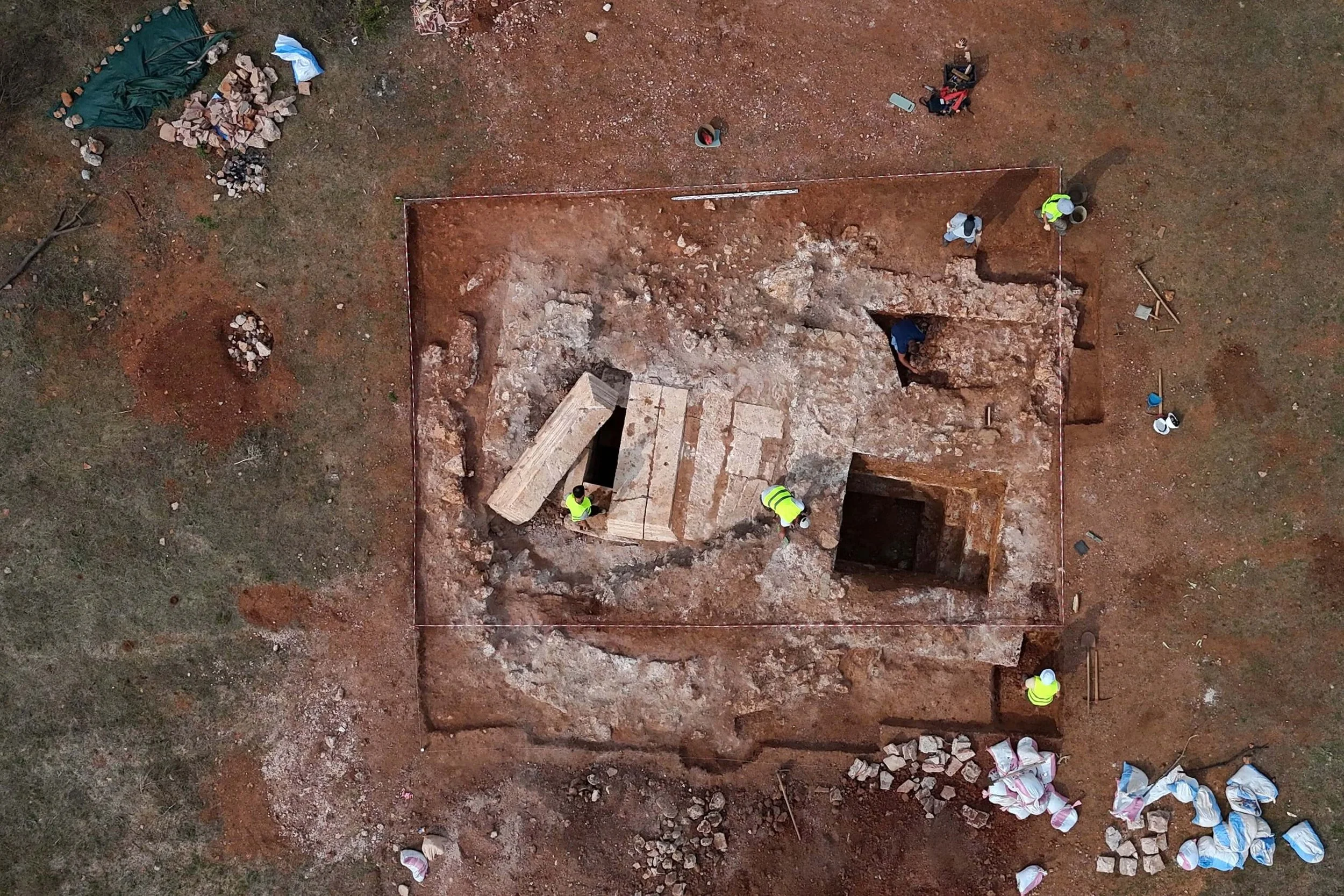On a casual stroll through the Kalmar region of Sweden, an ordinary passerby stumbled upon something that turned out to be an extraordinarily rare archaeological find: an iron bracelet from the Viking era.
At first, it appeared to be just a dull, rusted bracelet, but it was revealed to be a rare object dating back to the Viking period—specifically about 1,000 years ago.
The Significance of the Discovery
The announcement from the Kalmar County Administration reports that the object was found by a "careful person," who initially thought they had discovered a common, rusted bracelet. However, after confirmation from experts, it was revealed to be a rare type of iron bracelet characteristic of the Vikings.
Archaeologist Karl-Oskar Erlandsson from Kalmar stated that, of the more than 1,000 Viking bracelets held in the Swedish National Historical Museum, only three are made of iron.
This rarity is due to iron’s susceptibility to corrosion, and it is believed that the marshy area where the bracelet was found helped preserve it much better than other materials. This preservation also allowed the intricate craftsmanship to be revealed after a millennium.
Details of the Bracelet
The newly discovered bracelet is a C-shaped piece, beautifully decorated with rows of dots and animal heads at the ends.
According to the statement, “The new bracelet discovery is exceptionally beautiful, with rows of dots and animals at the ends.” Similar finds have been made in Gotland, but this particular example has not been found in exact replicas until now.
The Öland region, where the bracelet was discovered, was once a major trade center for Sweden, especially during the Viking age. The island, the second-largest in the country, is located in the southeastern part of Sweden, surrounded by the Baltic Sea. It was famous for the Borgholm Castle and is home to the Swedish royal family’s summer residence, Solliden Palace.
Future Research on the Origin of the Bracelet
Authorities plan to investigate the origins of the bracelet further, hoping to discover any markings that might indicate where it was made, such as a signature from a workshop or blacksmith.
There may still be more rare treasures in the area, although the fact that the bracelet was found in a marsh reduces the chances that it originated from a lost settlement or tomb, according to the statement.
As soon as the weather permits further investigation, authorities plan to use metal detectors to uncover more lost Viking-era objects in the region.





